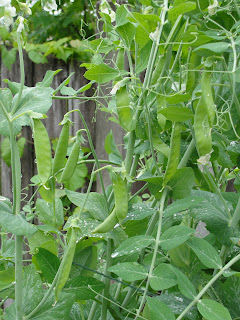In my book, the winner is raised-bed gardening, hands down. I prefer to get down in the dirt. I like the look of a garden in my yard, rather than on my deck. And for those who have been reading my blog, you know that I don’t do too well with plants in a pot. I’m not an indoor grower! (Although, you’ll be happy to know that my spider plant is thriving in the dining room.)
Preferences aside, is there a difference? Sure, if you’re short on yard space, or have no yard at all, even a balcony is perfect for gardening. All types of city dwellers have gardens on their balconies and roofs. And I applaud their creativity and success. However, given the option, I still believe that in the ground is the best option.
I’ve heard that a goldfish will grow to the size of its bowl/aquarium. My son’s goldfish remains small to match the bowl he lives in. And the beets in the pot on my deck are proof as well. The same beets we’re growing at the elementary school in a raised bed are twice the size! As for my sugar snap peas, last year I grew them in a pot with a tomato cage stuck in the dirt. It looked rather sloppy, but they grew and I was happy. This year I planted the same type of seed in my raised bed and clearly did not anticipate the yield! Last year’s plant was about 3 feet tall and I harvested a handful of sugar snap peas. For a first-timer, I thought that was good. This year, in my raised bed, the plant is massive! We returned from Memorial weekend to find that it had surpassed me in height and the pods currently growing are too many to count. I have to wonder if it just wanted more room to grow. I’m now hoping it finishes soon so I can harvest and pull the plant. It’s hogging up the sun from the tomatoes planted nearby. So if you have the room to grow in a garden, my non-scientific research points to that being your best option for the most harvest!
 |
| leftover raindrops make them so appealing! |






